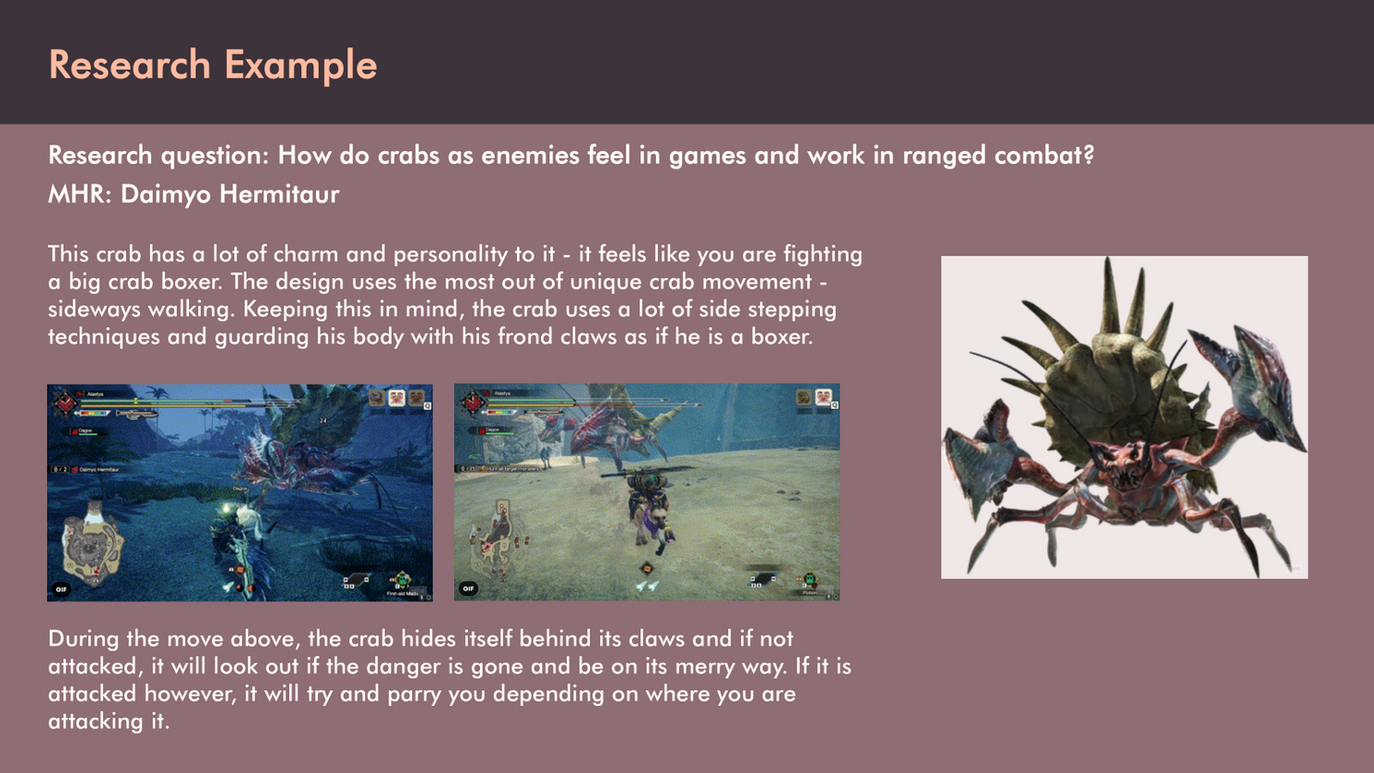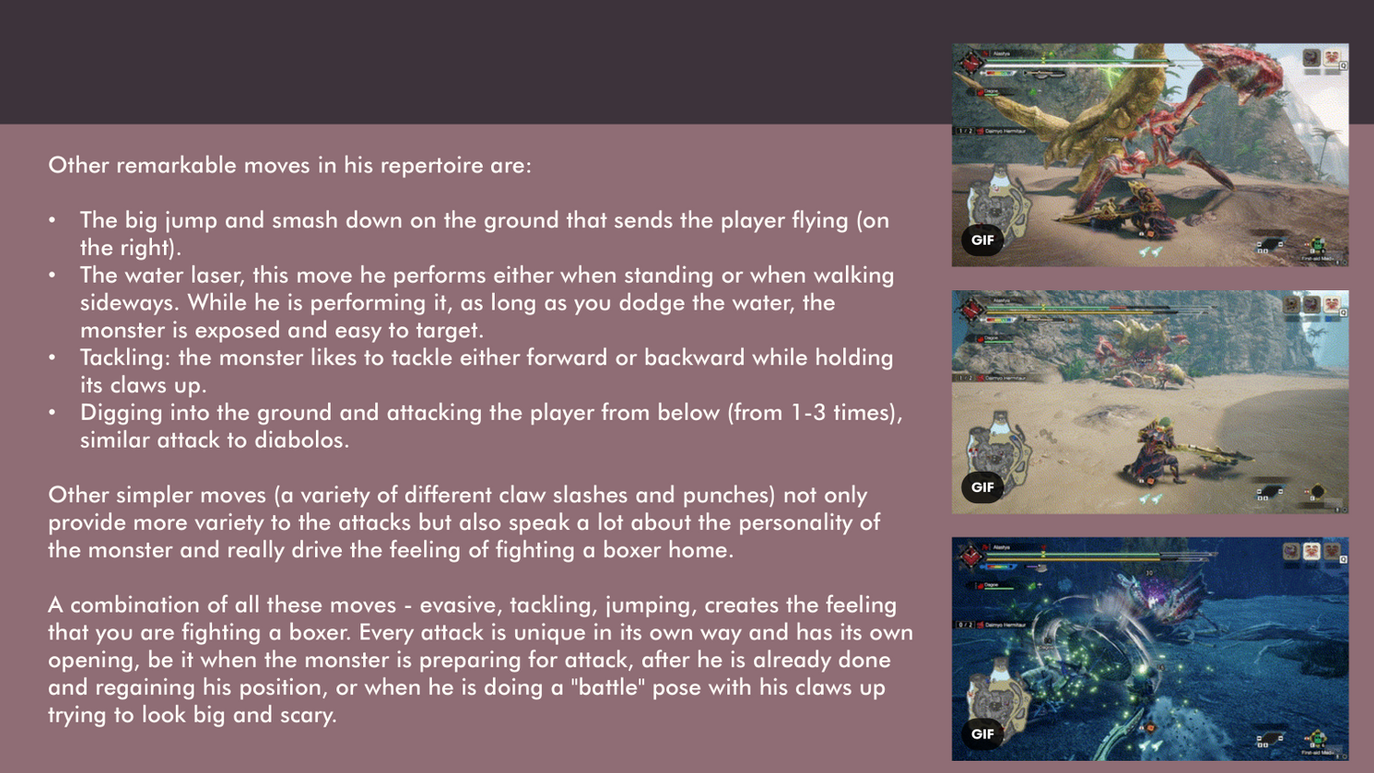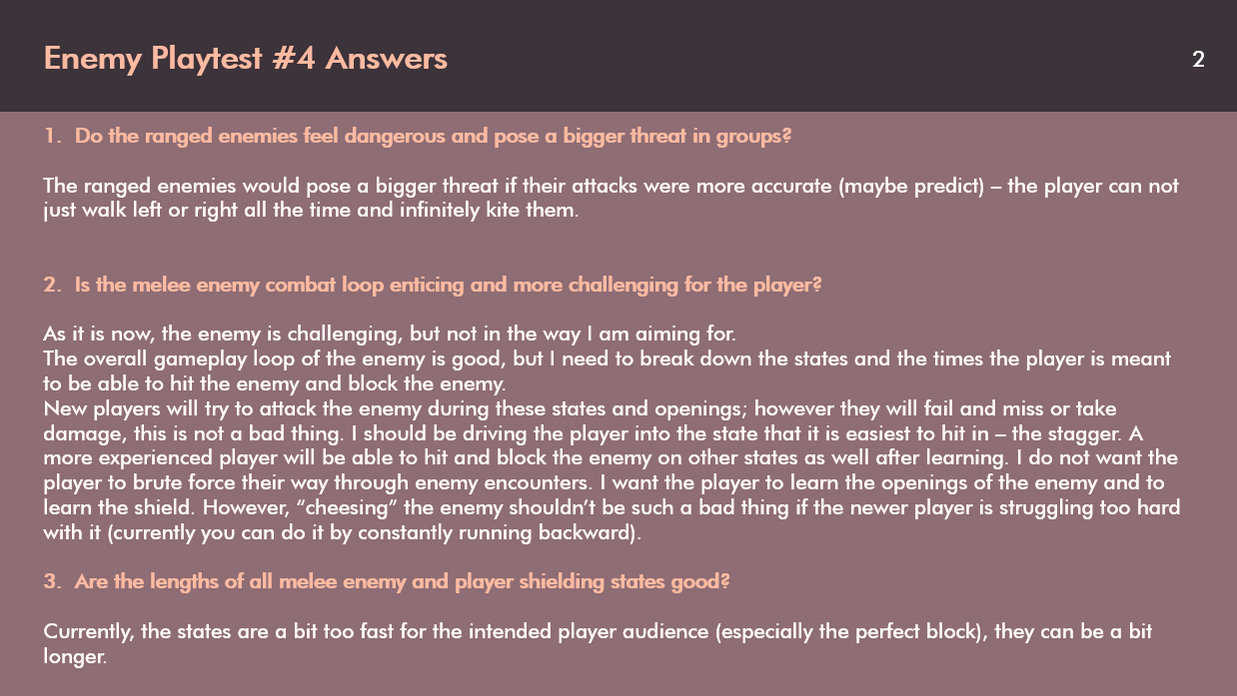
Marisol
Released June 2024
Marisol is a third-person action-adventure game where you wield water magic to defeat enemies and solve puzzles.



UE 5
3 Designers
23 Total
8 weeks

About
.png)
Marisol is a third-person action-adventure game where you wield water magic to defeat enemies and solve puzzles. This project started as an art project and the rest of the team joined later in the pipeline.
Beginner Friendly
Players with minimal experience in this genre can comfortably play the entire demo. The enemies are made not to punish the player too harshly and to teach the player common mechanics that may appear in games of this genre.
Low Resources
The goal is to get the most out of as little player mechanics as possible. The enemies are made to support these few mechanics and utilize them in innovative ways.
Art Showcase
The project’s strong suit is its art, all features are created to support, show it off, and immerse the player in the world's beauty.
Role and Contribution
Technical Designer
-
Researched and concepted possible enemy designs.
-
Concepted the core gameplay and combat loop with other designers.
-
Collaborated with artists and programmers to create two enemy variations for our intended gameplay.
-
Implemented attacks and behaviors using UE AI pipeline tools.
-
Implemented animations and blend spaces.
-
Playtested and iterated on the enemies based on player feedback to ensure the quality of the product.
-
Take on audio design and implementation to guarantee a smooth development progress.
-
Collaborated with all strike team members to improve communication channels and promote the workflow.
Concepting
Research
We decided to make two variations of the same enemy - a crab. The visual artists in the team had already made a crab model for the project so it was a good use of our resources.
-
Researching crabs as animals and as enemies in games with similar combat feel (looking into how they represented crabs and kept their appeal).
-
Analyzing the movement, attacks, and enemy feel to see what we can use and how it would benefit us.
-
Drawing conclusions and takeaways to establish risks and write proposals for the team.
Ranged Crab
One Pager

-
Flesh out enemy ideas as concepts based on the collected research.
-
Create a one pager and feature specs to further solidify the enemies' design.
Feature Breakdown

The Ranged Crab appears throughout the game in single enemy or group encounters.
-
The crab hides in the sand when the player gets too close.
-
The crab adjusts its location based on player range and other crabs around it.
The Ranged Crab performs two ranged attacks:
-
The rock throw: the projectile predicts where the player will go at the time of the throw.
-
The jump slam: the projectile moves to the player's location at the start of the attack.
Final Result
How
The Feature was implemented and developed by:
-
Using the UE5 AI systems such as behavior trees, animation blueprints, and control rig.
-
Playtesting and iterating on the enemies with our intended player audience to define many variables such as their health, attack range, and frequency.
-
Closely collaborating with a programmer to develop and refine complex AI movement systems.
-
Closely collaborating with an animator to adjust enemy keyframes and improve enemy feel.
-
Working with other visual artists to improve the visual clarity and cohesiveness of the enemy.
Why
The Ranged Crab is meant to:
-
Help onboard combat to the player - how to use their abilities against enemies, how to damage and kill them.
-
Teach new players proper positioning. Going under the sand prevents the player from being damaged when they walk into the enemy, but also teaches them to keep their distance in a passive manner.
-
Teach the player to observe enemy movement and projectile direction. The attacks make sure the player can not kite the enemy with constant movement.
Lance Crab
One Pager

-
Flesh out enemy ideas as concepts based on the collected research.
-
Create a one pager and feature specs to further solidify the enemies' design.
Feature Breakdown

The Lance Crab appears throughout the game in single enemy encounters.
-
The crab is aggressive and will chase the player down. It will stay at medium range and back up if the player gets too close.
-
The crab does not take damage when it shields itself with its claw. The player must try to hit it when it shows its weak spots.
The crab combines its attacks with movement and peaking:
-
Attacks: Lance Poke and Lance Swing are both melee attacks with different timings.
-
When the player blocks an attack, the lance crab is pushed back, when blocked perfectly, the lance crab is staggered.
-
The Lance Crab peaks out from behind its claws to give the player an extra opportunity to attack.
Final Result
Why
The Lance Crab is meant to:
-
Be an obstacle and challenge that tests the player's skills and feels like a big threat to the player, presenting as a small boss-like monster.
-
Encourage the player to use the shield ability.
-
Teach the player to look for weaknesses and opportunities for attack. The crab has multiple visible openings ranging in difficulty the player could try to aim for. The best opening presents itself when the enemy is staggered, which is the state the player is aiming to achieve.
-
Grant satisfaction when killed or parried.
How
The Feature was implemented and developed by:
-
Using the UE5 AI systems such as behavior trees, animation blueprints, and control rig.
-
Setting up and calculating the appropriate timings for keyframes via playtesting with our intended player audience to help ease the development of animations.
-
Closely collaborating with an animator to implement and polish animations.
-
Balancing difficulty and improving enemy game feel via constant playtesting and iteration.
-
Assisting with the development of related combat systems like the shielding to properly set up the enemy responses.
-
Working with other visual artists to improve the visual clarity and cohesiveness of the enemy.
Iterative Processes
Prototype State
Functional State
Playable State
Playtesting
Iteration
-
Iterations were made based on the conclusions and action points from the playtests by analyzing the problem and finding the best solution within our resources.
-
All major iterations were documented and further playtested to continue the iteration cycle.
-
The enemies have been playtested in person with over 15 unique testers that match our intended audience over the course of 10 playtest sessions.
-
Each playtest was prepared by stating a goal or reason, and questions.
-
Each playtest provided data by observing the players and by asking them the prepared questions.
-
A conclusion and action points were made based on the data.
Ranged Crab
Iteration based on playtest #4.
-
Conclusion: The crab can be easily kited by constantly walking left or right.
-
Solution: One of the attacks should predict player movement hitting the player if they don't change their direction.
Other Responsibilities
Conclusion
Audio Design and Implementation
Our team did not have a sound designer, to help out my teammates and our project, I took on an additional responsibility of learning new systems to implement over 100 sfx into the game.
We outsourced our audio from a different student, but they could only deliver it in the last week of production.
This is a snippet of what I was able to produce within a short time.

Other significant contributions to the team:
-
Balancing enemy encounters.
-
Assisted with onboarding.
-
Playtest all systems and levels and relay outcomes to the rest of the team.
-
Bugfixing across all systems.
-
Assisting team members with their design or technical issues.
Conclusion
Working in such a big team, especially with so few designers was a great challenge and a big learning opportunity.
Our team had very little time for planning and concepting and we overestimated our combined skill as a team and overscoped our project. Due to this our game has struggled during production and did not reach the overall level of gameplay we were striving for.
However, even with all the challenges, our team has learned and grown a lot. We learned the importance of good communication and collaboration, good leadership, and a shared vision. We determined what we lacked as developers and actively improved on it.
I gained great experience working closely with artists, animators, and programmers, adjusting my work based on their needs and making my future multidisciplinary development projects progress more smoothly.

Prototype State
Functional State
Playable State
Lance Crab
Iteration based on playtest #4.
-
Conclusion: The crab forces the player to do nothing and wait for an opening until it starts attacking.
-
Solution: Add a peaking state during guarding and make all feedforward animations longer for extra openings.




























